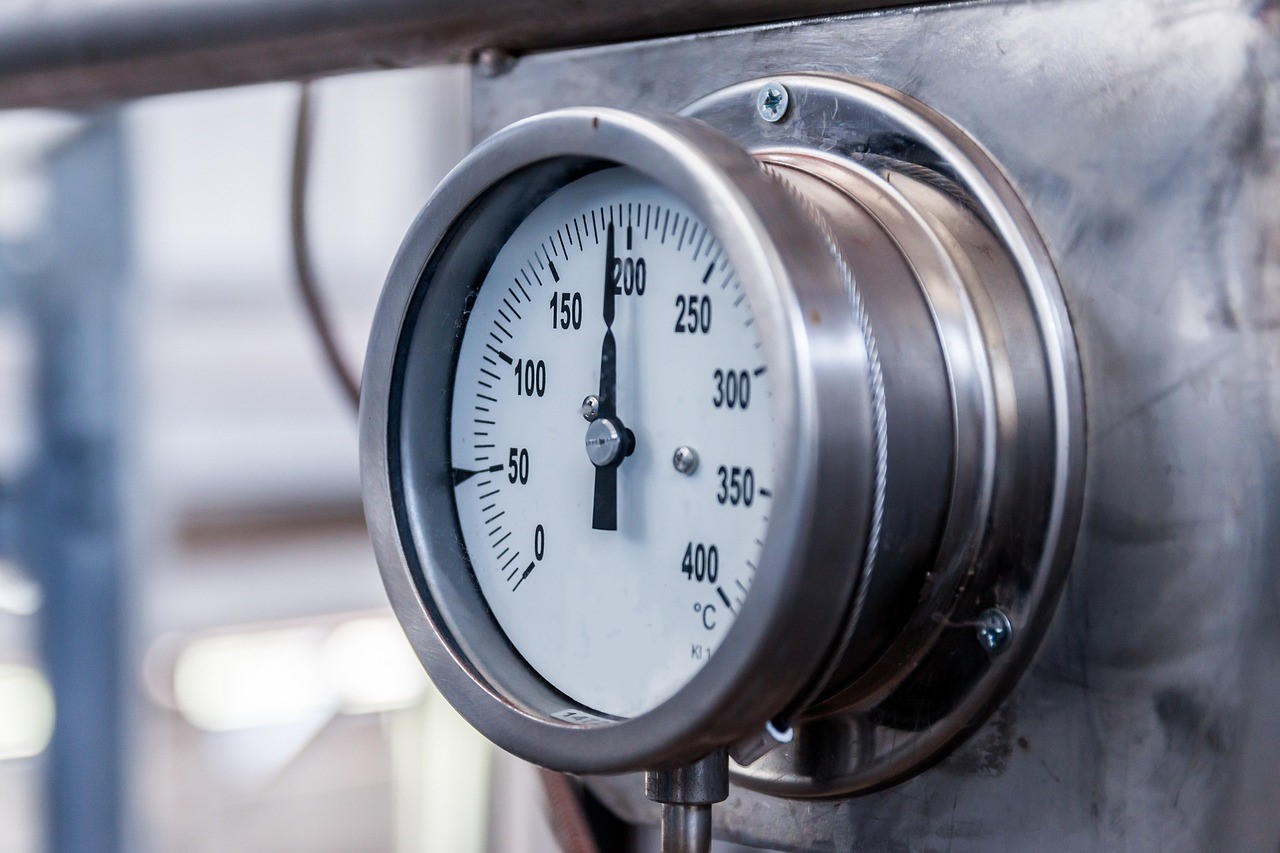Views: 27 Author: Site Editor Publish Time: 2025-10-29 Origin: Site
In pneumatic systems, air is the driving force behind all motion. However, the quality and stability of that air determine how efficiently the entire system operates. That's where air source processing components come into play — they clean, regulate, and lubricate the compressed air before it reaches the pneumatic actuators.
Whether in manufacturing, packaging, or automation, understanding the classification and functions of these components is essential for system reliability and energy efficiency.

Air source processing components — often referred to as FRL units — stand for Filter, Regulator, and Lubricator.
These three elements prepare the compressed air for safe and efficient use in pneumatic equipment. They are usually installed close to the compressor outlet or directly upstream of critical pneumatic tools.
| Component | Primary Function | Example Application |
|---|---|---|
| Air Filter | Removes moisture, oil, and dust particles | Preventing contamination in cylinders and valves |
| Pressure Regulator | Adjusts air pressure to stable output | Ensuring consistent force in pneumatic actuators |
| Lubricator | Adds fine oil mist to air stream | Reducing wear in moving parts like cylinders or rotary actuators |
Together, these devices maintain clean, dry, and stable air — the foundation of a reliable pneumatic system.
Air preparation components can be classified in several ways depending on their function, structure, or integration level.
| Type | Description | Common Use |
|---|---|---|
| Filter Units | Separate water and solid impurities using filter elements and centrifugal action | Used in nearly all pneumatic systems |
| Regulator Units | Control output pressure and absorb fluctuations | For stable operation in automation lines |
| Lubricator Units | Inject small oil particles into airflow to reduce friction | For air tools and mechanical drives |
| Combination FRL Units | Integrate two or three functions (e.g., filter + regulator + lubricator) | Compact systems or space-limited setups |
Modular type – Components are linked in one body, easy to install and maintain.
Standalone type – Each unit functions independently, offering flexible replacement and customization.
Aluminum alloy: lightweight and corrosion-resistant, common in general industrial use.
Polycarbonate bowl: transparent for easy inspection of filter condition.
Metal bowl with guard: for high-pressure or harsh environments.
Compressed air from a compressor often contains moisture, oil mist, and dust. If left untreated, these contaminants can damage valves, clog orifices, and shorten the lifespan of pneumatic equipment.
An air filter typically includes:
Filter element (usually 5–40 microns)
Water trap bowl
Automatic or manual drain valve
Regular maintenance, such as draining condensate and replacing filter elements, ensures stable performance and low energy loss.
Every pneumatic tool or actuator has an optimal operating pressure. The pressure regulator maintains this pressure regardless of upstream fluctuations.
Key features of high-quality regulators include:
Diaphragm control for smooth adjustment
Pressure gauge interface for easy monitoring
Relief mechanism to prevent overpressure
Stable pressure control leads to consistent actuator motion, reduced system vibration, and better precision in automated tasks.
Lubrication ensures smooth motion and reduces friction inside pneumatic components. The air lubricator atomizes oil into tiny particles and delivers them through the compressed air stream.
This process:
Reduces component wear
Extends service life
Improves air cylinder efficiency
For maintenance-free pneumatic components or dry systems, lubrication may be minimized — but in heavy-load or high-speed applications, a proper lubricator remains vital.
Many modern FRL systems integrate multiple functions to save space and simplify installation. For example:
FR Unit (Filter + Regulator) – Compact and ideal for small automation systems.
FRL Unit (Filter + Regulator + Lubricator) – Full-featured, suitable for complex production lines.
Some systems even include digital pressure indicators or modular mounting brackets for precise monitoring and quick maintenance.
To maintain stable air quality and system performance:
Drain filters daily to remove accumulated water.
Inspect filter elements monthly and replace when clogged.
Check pressure settings regularly to avoid overconsumption of air.
Refill lubricator oil with appropriate pneumatic oil when needed.
Proper maintenance not only extends the lifespan of the FRL components but also improves the overall energy efficiency of the system.
Air source processing units are widely used across multiple industries:
| Industry | Typical Application | Component Focus |
|---|---|---|
| Automation & Robotics | Controlling air cylinders and grippers | Filter + Regulator |
| Packaging Machinery | Maintaining stable air pressure for sealing and labeling | FRL combination |
| Textile Industry | Supplying clean air to looms and spindles | Filter unit |
| Automotive Assembly | Powering pneumatic tools and clamps | Lubricator unit |
These examples highlight the versatility of FRL systems — they are essential wherever compressed air drives productivity.
Air source processing components form the first line of defense in any pneumatic system. By filtering contaminants, stabilizing pressure, and adding lubrication, they ensure each actuator and valve performs efficiently and reliably. Understanding their classification and functions helps engineers and maintenance teams design systems that are safe, energy-efficient, and long-lasting.
At WAALPC Pneumatics, we specialize in designing and manufacturing high-quality air source processing components, including filters, regulators, and lubricators. We provide customized configurations, wholesale support, and technical consultation for global partners.
Discover more at www.waalpc.com
Email: tina@waalpc.com